Home>Construction & Tools>Building Materials>How To Fix Brick Spalling
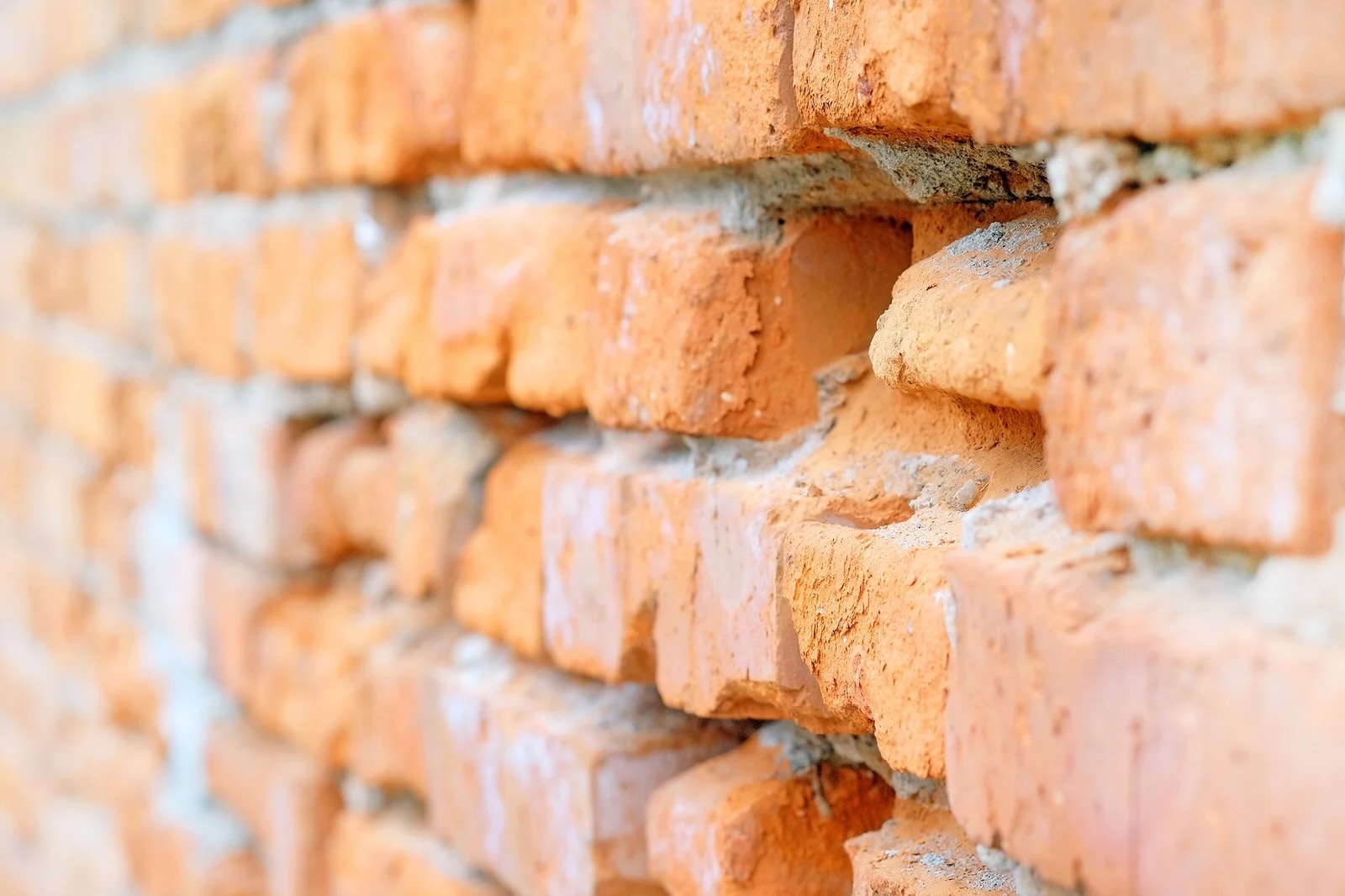

Building Materials
How To Fix Brick Spalling
Modified: August 20, 2024
Learn effective methods for fixing brick spalling using the right building materials and techniques. Restore the beauty and integrity of your brick surfaces with expert guidance.
(Many of the links in this article redirect to a specific reviewed product. Your purchase of these products through affiliate links helps to generate commission for Storables.com, at no extra cost. Learn more)
Introduction
Welcome to our comprehensive guide on fixing brick spalling. Whether you’re a homeowner, a contractor, or a DIY enthusiast, understanding how to address brick spalling is crucial for maintaining the integrity and aesthetics of your property. Brick spalling, characterized by the flaking or chipping of brick surfaces, can be a concerning issue that requires prompt attention to prevent further deterioration. In this article, we will delve into the causes of brick spalling, methods for assessing the damage, effective repair techniques, and preventive measures to safeguard your brick structures. By the end of this guide, you will have the knowledge and confidence to tackle brick spalling with the expertise it demands.
Key Takeaways:
- Brick spalling, caused by moisture and temperature changes, can be fixed by cleaning, removing damaged material, applying repair mortar, and protecting the area during curing. Preventive measures like sealing and drainage maintenance can also help.
- To prevent brick spalling, use preventive strategies such as sealing, maintaining mortar joints, improving drainage, enhancing ventilation, and scheduling professional inspections. Proactive maintenance and quality repair materials are crucial for long-lasting results.
Read more: How To Fix Spalling Concrete Driveway
Understanding Brick Spalling
Brick spalling, often mistaken for regular wear and tear, is a specific form of deterioration characterized by the flaking, chipping, or crumbling of brick surfaces. This degradation is typically caused by moisture infiltration and freeze-thaw cycles, particularly in regions with harsh climates. When water penetrates the brick’s porous structure and subsequently freezes, it expands, creating internal pressure that weakens the material and leads to surface deterioration.
Spalling can occur on both exterior and interior brick surfaces, posing aesthetic concerns and structural risks. It is essential to differentiate spalling from efflorescence, a powdery white deposit caused by salt migration within the brick, and regular weathering, which involves gradual surface erosion over an extended period.
Identifying spalling involves inspecting the brickwork for visible signs of damage, such as dislodged fragments, exposed aggregate, or a rough, pitted texture. Additionally, tapping the bricks gently with a tool can reveal hollow or delaminated areas, indicating underlying spalling. Understanding the distinct nature of brick spalling is the first step toward effectively addressing this issue and preserving the longevity of your brick structures.
Causes of Brick Spalling
Brick spalling can be attributed to various factors, with moisture being the primary culprit. When water permeates the brick’s surface, it can trigger a chain of deteriorative processes, especially in regions where temperature fluctuations are prevalent. The following factors contribute to the development of brick spalling:
- Freeze-Thaw Cycles: In colder climates, water seeps into the brick’s pores. When this water freezes, it expands, exerting pressure on the brick and causing it to crack and flake.
- Moisture Absorption: Porous bricks readily absorb moisture, especially in the absence of proper sealing or during heavy rainfall. This moisture retention weakens the brick’s structure, making it susceptible to spalling.
- Chemical Exposure: Contact with corrosive substances, such as acid rain or chemicals, can accelerate the deterioration of bricks, leading to spalling over time.
- Poor Ventilation: Inadequate ventilation within wall cavities can trap moisture, creating an environment conducive to spalling and other forms of brick degradation.
- Subpar Installation: Improper bricklaying techniques, including inadequate mortar composition or insufficient curing time, can compromise the structural integrity of the brickwork, contributing to spalling.
Understanding these underlying causes is crucial for devising effective strategies to mitigate brick spalling and prevent its recurrence. By addressing the root factors that promote spalling, you can implement targeted solutions to safeguard your brick structures against further deterioration.
Assessing the Damage
Before embarking on the repair process, it is imperative to conduct a thorough assessment of the brick spalling to determine the extent of the damage and identify any underlying issues contributing to the deterioration. Here are the key steps involved in assessing brick spalling:
- Visual Inspection: Carefully examine the affected brick surfaces for visible signs of spalling, including flaking, chipping, and disintegration. Take note of the size and distribution of the damaged areas to gauge the severity of the deterioration.
- Tapping Test: Gently tap the bricks with a tool or a mallet to detect hollow or delaminated areas. The presence of a hollow sound indicates that the brick has lost its bond with the mortar and may be compromised by spalling.
- Moisture Assessment: Evaluate the moisture levels within the affected brickwork to determine if water infiltration is exacerbating the spalling. High moisture content can indicate ongoing deterioration and the need for moisture management solutions.
- Structural Integrity: Assess the structural stability of the affected bricks and the surrounding masonry. Determine if the spalling has compromised the load-bearing capacity of the structure and if reinforcement or additional support is necessary.
By comprehensively evaluating the extent of the spalling and its impact on the structural integrity of the brickwork, you can make informed decisions regarding the appropriate repair methods and the implementation of preventive measures to mitigate future deterioration. This diligent assessment serves as the foundation for an effective and enduring solution to brick spalling.
To fix brick spalling, remove the damaged bricks, clean the area, and replace with new bricks using mortar. Apply a waterproof sealant to prevent future damage.
Repairing Brick Spalling
Addressing brick spalling requires a systematic approach to restore the affected surfaces and fortify the structural integrity of the masonry. The following steps outline the essential procedures for repairing brick spalling:
- Surface Preparation: Begin by cleaning the damaged brick surfaces to remove loose debris, dirt, and contaminants. A stiff-bristled brush and a mild detergent solution can be used to scrub the affected areas and ensure a clean, debris-free substrate for the repair materials.
- Removal of Damaged Material: Carefully chisel away any loose or deteriorated brick fragments, taking care to create clean edges around the spalled areas. This process involves removing the compromised material to establish a sound base for the repair compound.
- Application of Repair Mortar: Prepare a suitable repair mortar or patching compound designed for masonry applications. Apply the mortar to the prepared surfaces, filling in the voids left by the spalled areas and smoothing the repair material to align with the surrounding brick profile.
- Surface Finishing: Once the repair mortar has been applied and shaped to match the original brick contours, it is crucial to refine the surface texture to achieve a seamless blend with the existing masonry. Tools such as brushes, sponges, or specialty finishing implements can be used to achieve a consistent and aesthetically pleasing finish.
- Curing and Protection: Allow the repaired areas to cure according to the manufacturer’s recommendations, ensuring adequate protection from environmental elements during the curing process. This may involve covering the repaired sections with a breathable membrane or utilizing temporary shelters to shield the work from adverse weather conditions.
By diligently following these repair procedures, you can effectively mitigate brick spalling and restore the structural and visual integrity of the affected masonry. It is essential to prioritize quality materials and meticulous workmanship to achieve durable and aesthetically pleasing results.
Read more: How To Fix A Brick Patio
Preventing Brick Spalling
Proactive measures can significantly reduce the risk of brick spalling and prolong the longevity of masonry structures. Implementing preventive strategies aimed at mitigating moisture infiltration and fortifying the resilience of brickwork is essential for preserving the integrity and appearance of your property. Here are key preventive measures to safeguard against brick spalling:
- Sealing and Waterproofing: Apply a breathable masonry sealer to the exterior brick surfaces to minimize water absorption while allowing moisture vapor to escape. This protective barrier helps mitigate the impact of moisture and inhibits the onset of spalling.
- Repairing Pointing and Mortar: Regularly inspect and maintain the mortar joints between bricks, addressing any deteriorated or cracked mortar through repointing. Sound mortar joints play a critical role in preventing water intrusion and preserving the stability of the brickwork.
- Improving Drainage: Ensure proper grading and drainage around the foundation and exterior walls to divert water away from the brick surfaces. Installing gutter systems, downspouts, and adequate landscaping features can effectively manage water runoff and minimize moisture exposure.
- Ventilation Enhancement: Enhance the ventilation within wall cavities and confined spaces to mitigate moisture retention. Proper airflow aids in drying out any accumulated moisture, reducing the likelihood of spalling and other moisture-related issues.
- Professional Inspections: Schedule periodic inspections by qualified masonry professionals to assess the condition of the brickwork, identify potential vulnerabilities, and address any emerging issues before they escalate into significant problems.
By integrating these preventive measures into your maintenance routine, you can fortify your brick structures against the detrimental effects of moisture and environmental stressors, minimizing the risk of spalling and preserving the structural integrity and visual appeal of your property for years to come.
Conclusion
Brick spalling, though a concerning issue, can be effectively managed and mitigated through a combination of proactive maintenance, diligent assessments, and targeted repair strategies. By understanding the underlying causes of spalling, conducting thorough evaluations of the damage, and implementing preventive measures, property owners and professionals can safeguard their brick structures against deterioration and prolong their service life.
It is essential to approach brick spalling with a proactive mindset, addressing any signs of deterioration promptly and enacting preventive strategies to minimize the risk of recurrence. Regular maintenance, including sealing, repointing, and drainage management, plays a pivotal role in preserving the structural integrity and aesthetic appeal of brickwork.
Furthermore, investing in high-quality repair materials and adhering to best practices during the restoration process is paramount for achieving durable and visually seamless results. By prioritizing meticulous workmanship and utilizing reputable products, property owners can effectively address spalling and restore the integrity of their masonry structures.
Ultimately, by incorporating preventive maintenance, diligent assessments, and expert repair techniques, individuals and professionals can navigate the challenges posed by brick spalling with confidence and expertise, ensuring that their brick structures remain resilient, visually appealing, and structurally sound for years to come.
With a commitment to proactive maintenance and a thorough understanding of spalling mitigation, property owners can effectively preserve the timeless charm and durability of brickwork, securing the long-term value and beauty of their properties.
Frequently Asked Questions about How To Fix Brick Spalling
Was this page helpful?
At Storables.com, we guarantee accurate and reliable information. Our content, validated by Expert Board Contributors, is crafted following stringent Editorial Policies. We're committed to providing you with well-researched, expert-backed insights for all your informational needs.
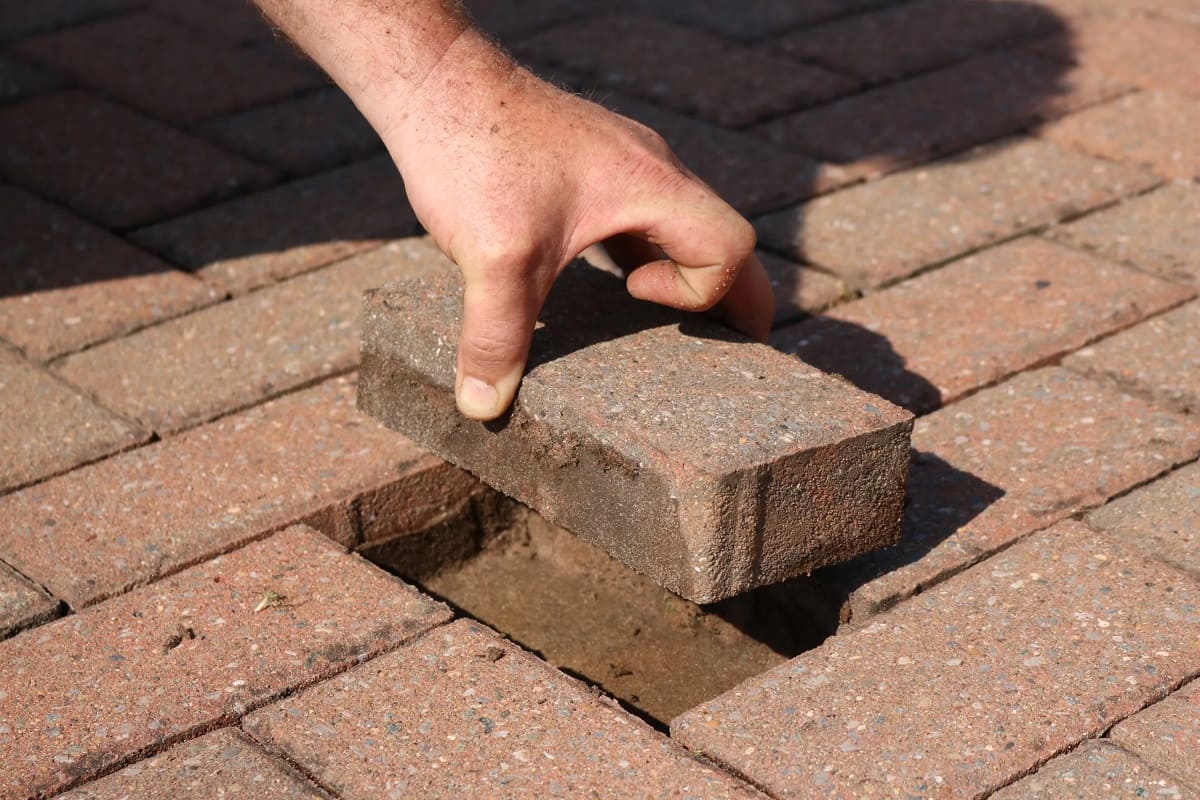
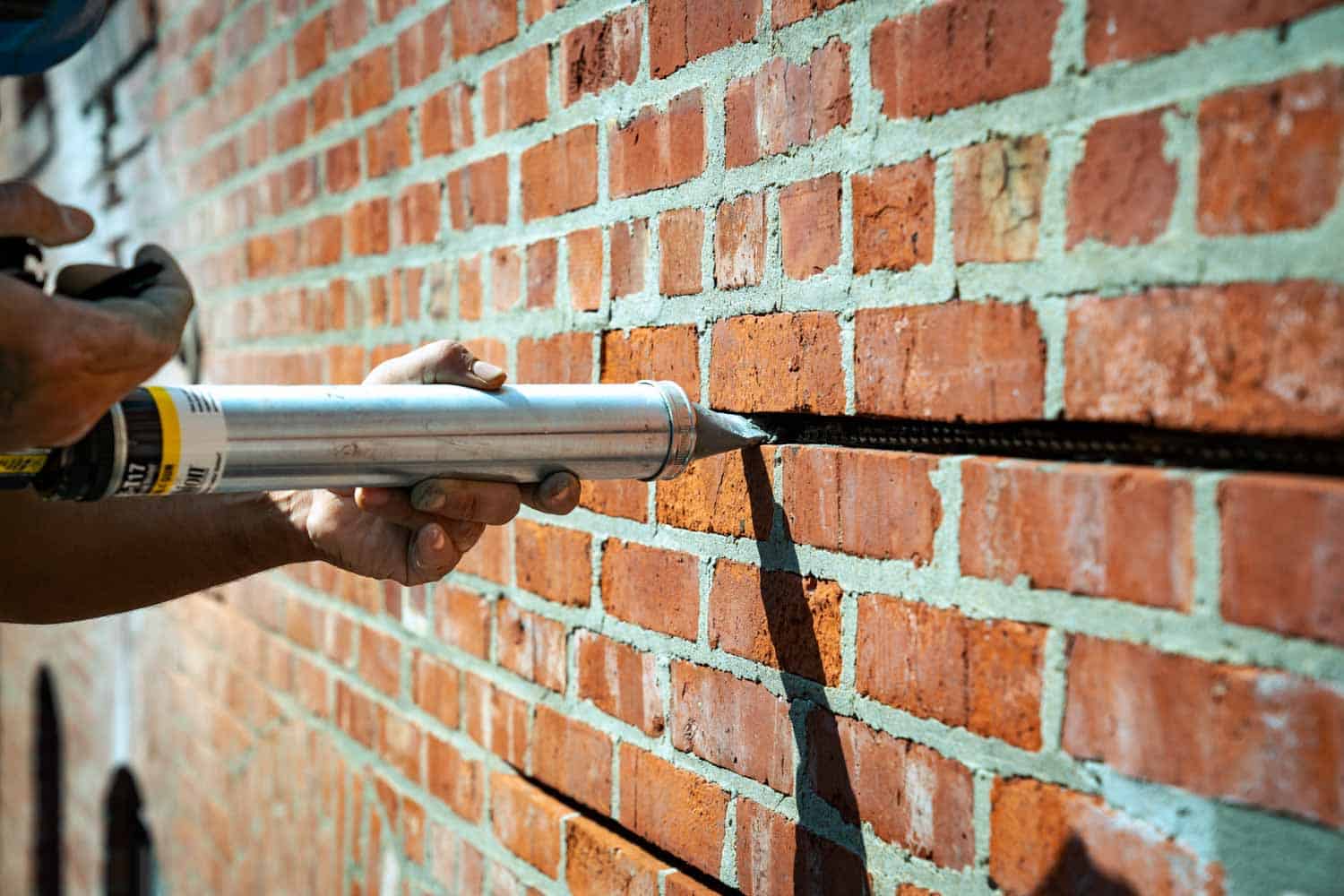

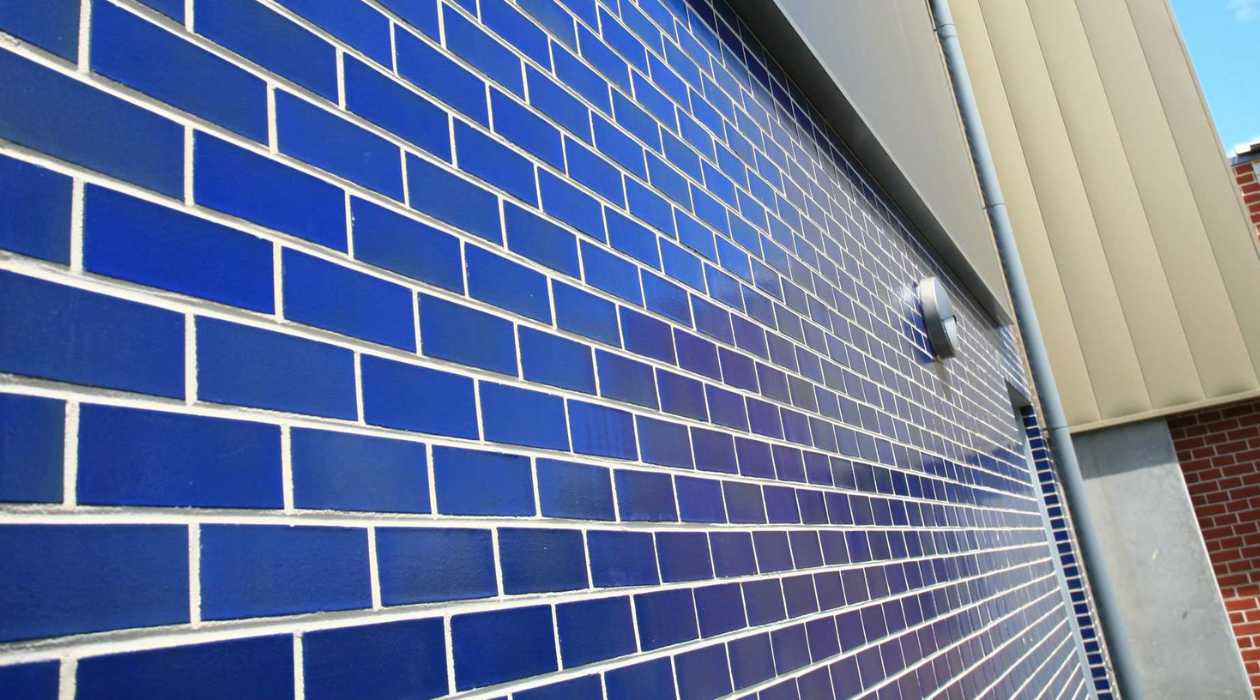
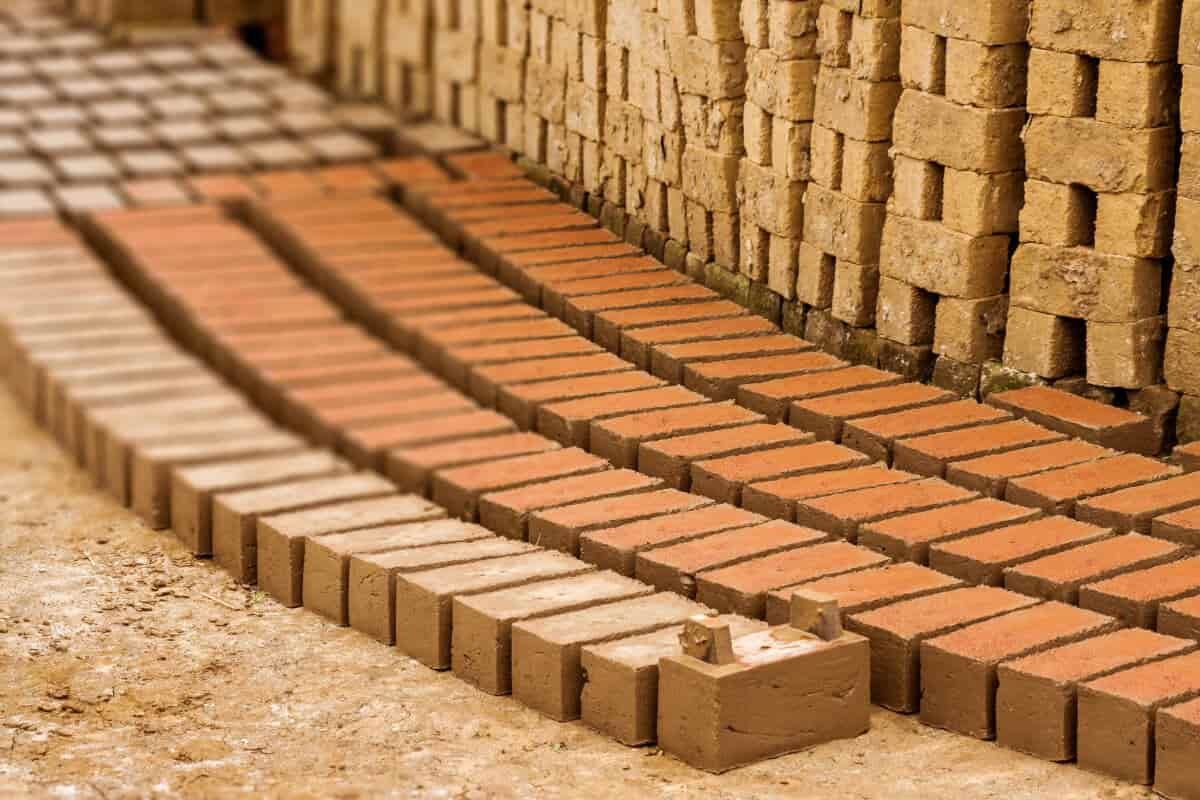

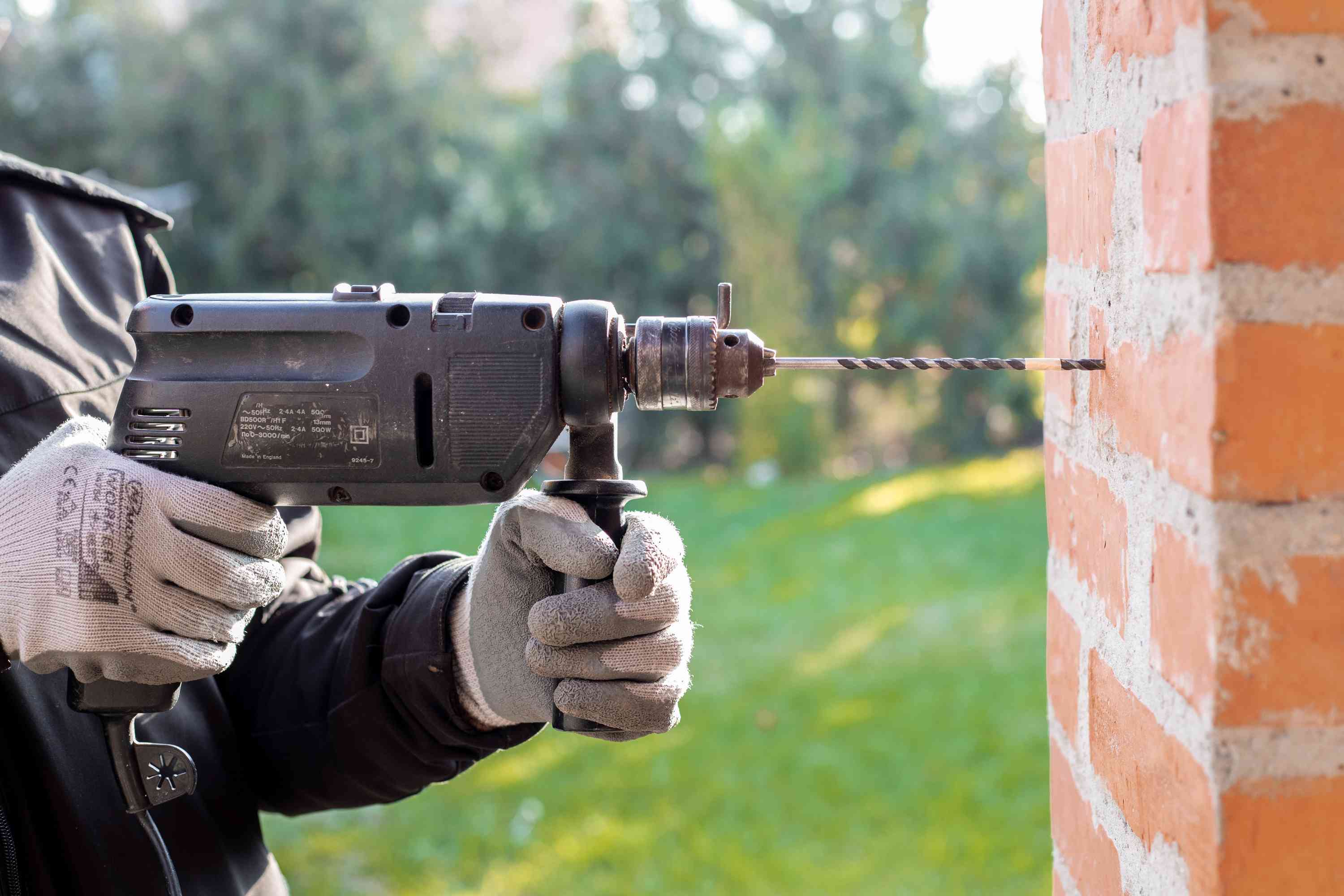
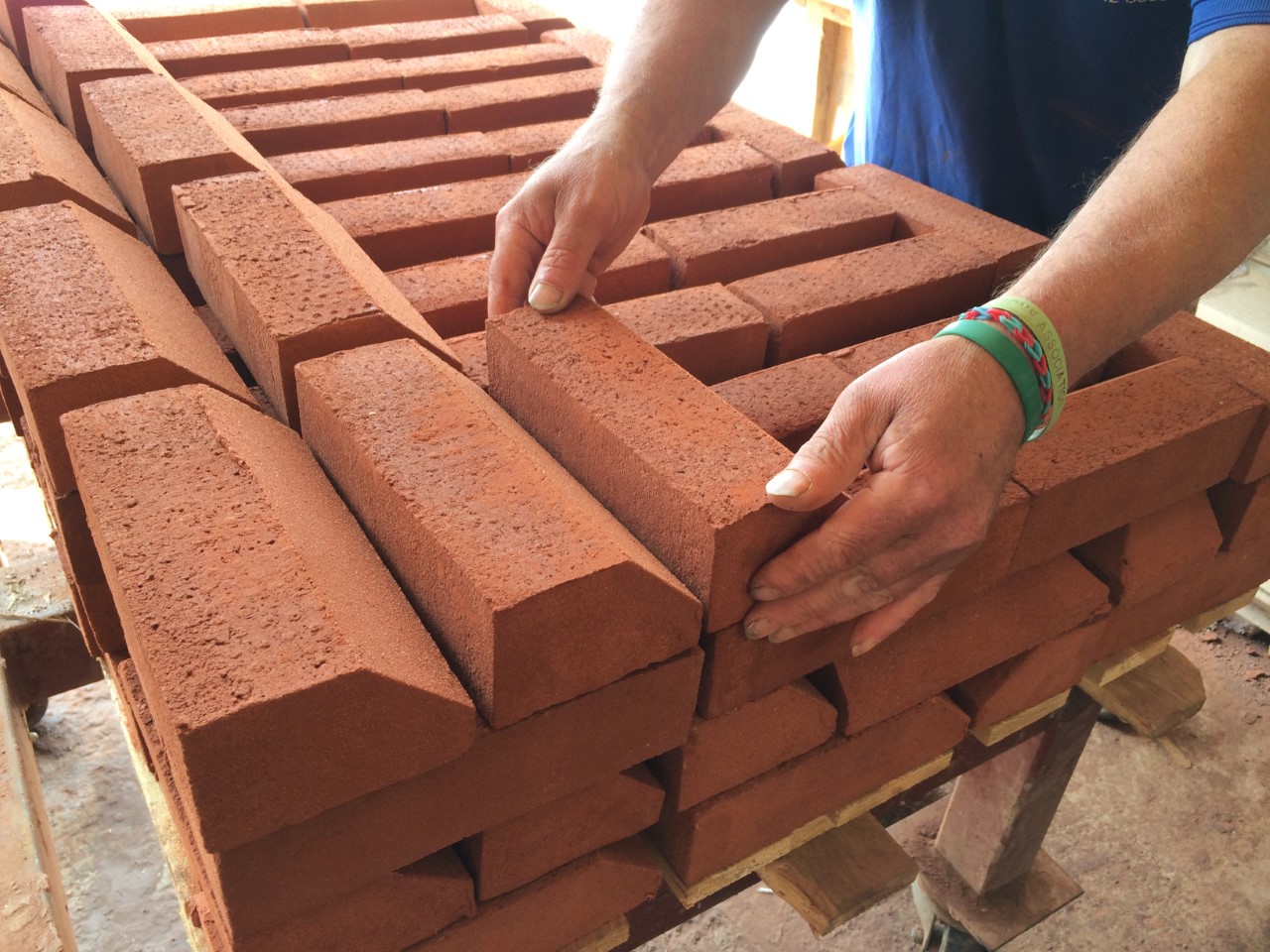
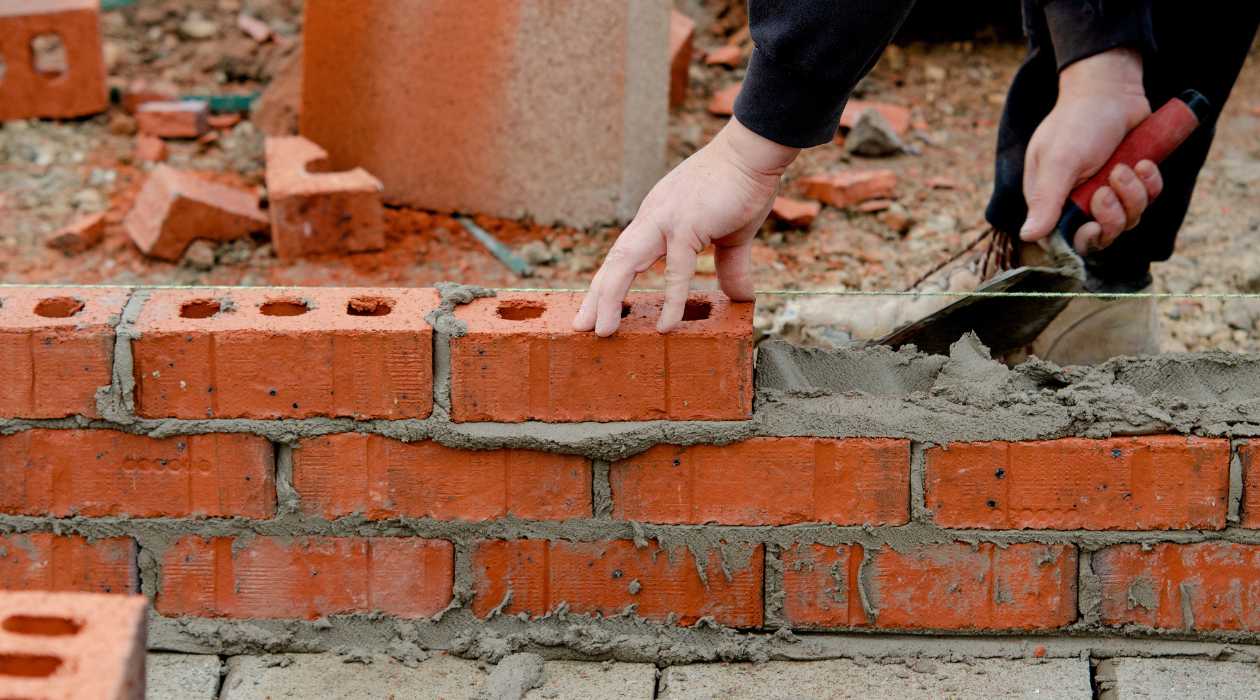
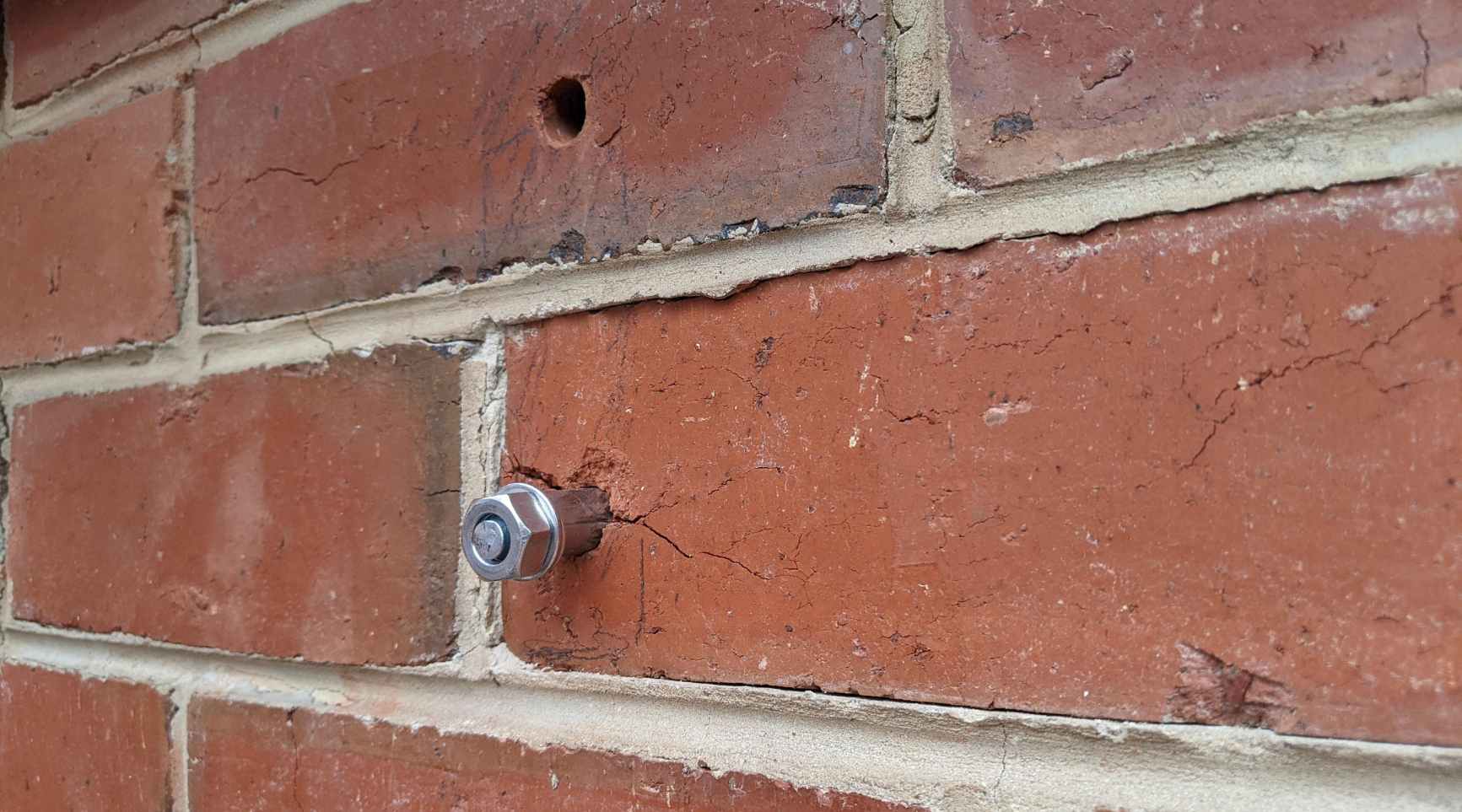
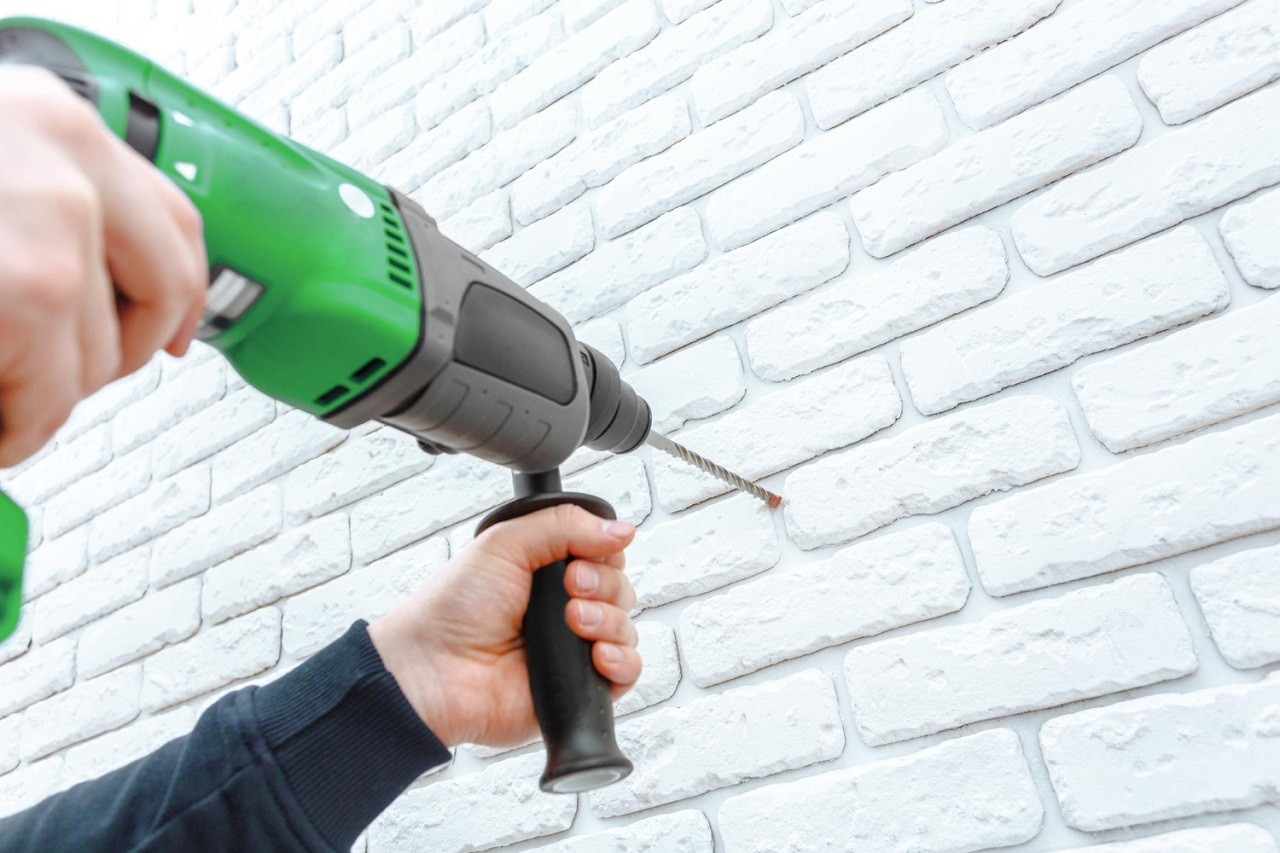


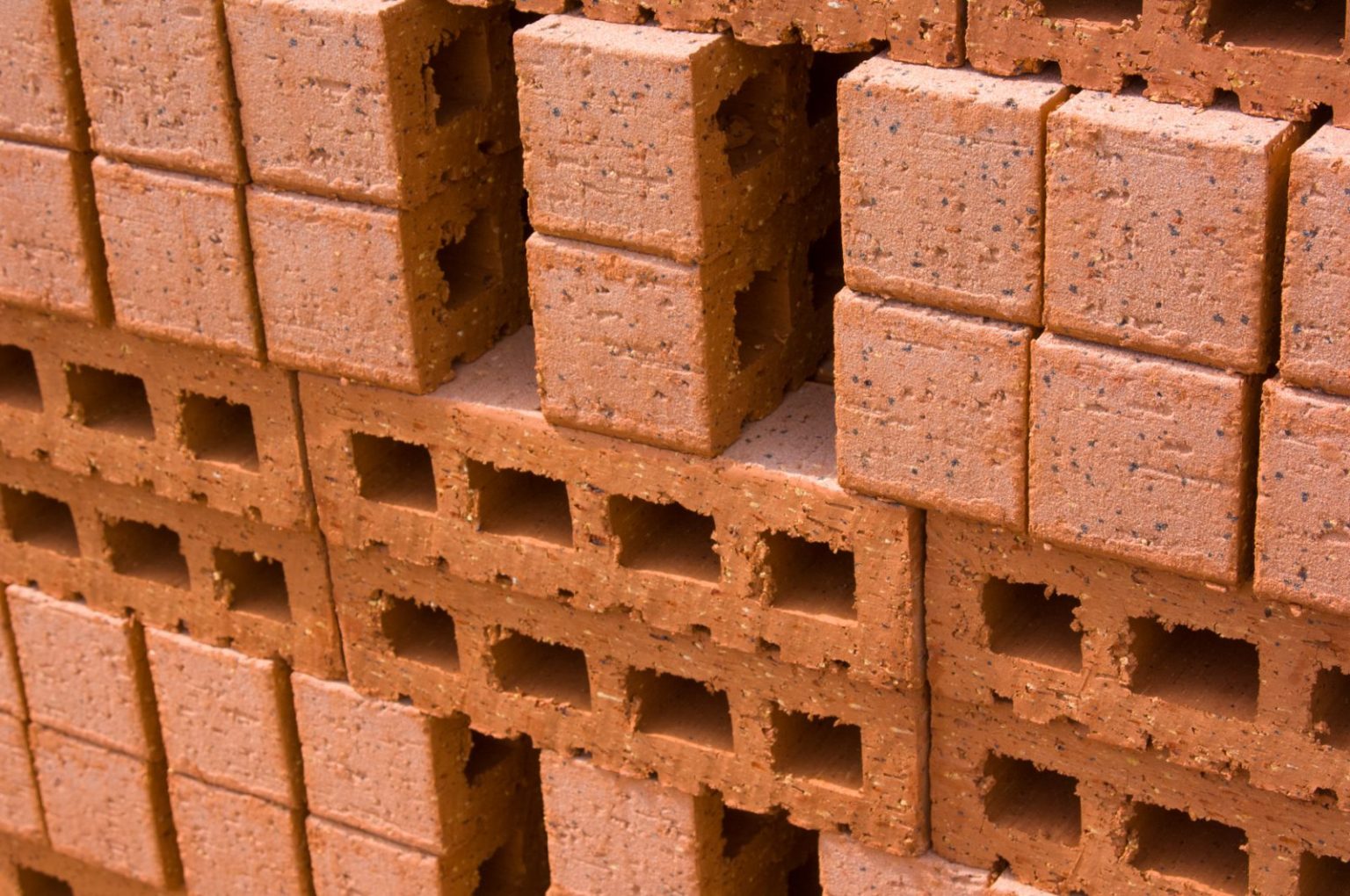

0 thoughts on “How To Fix Brick Spalling”